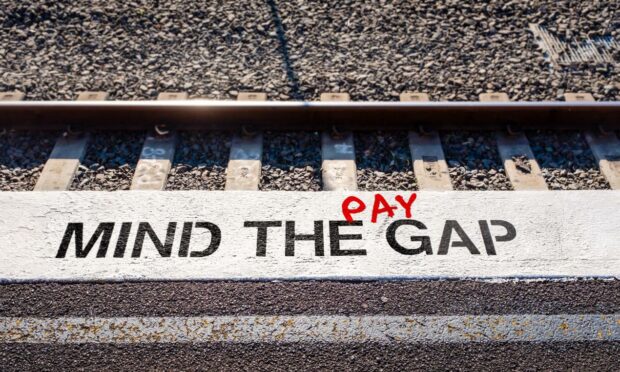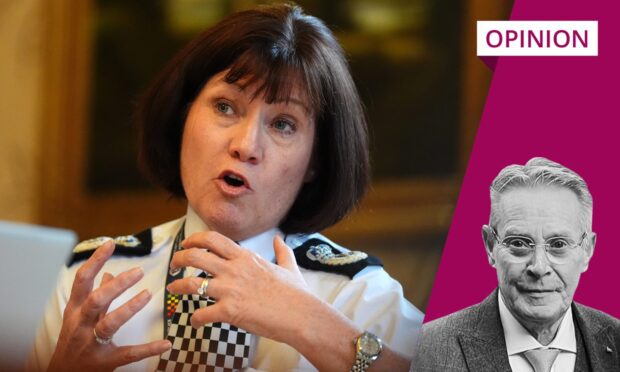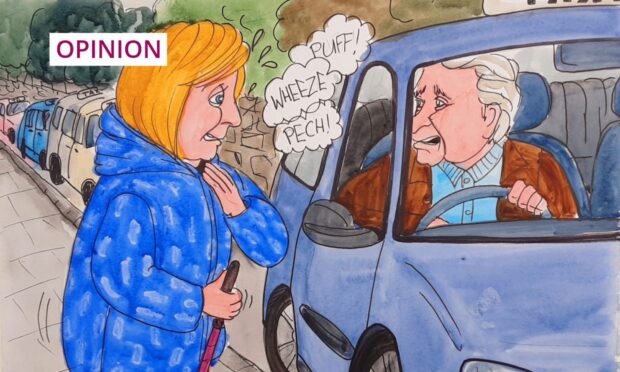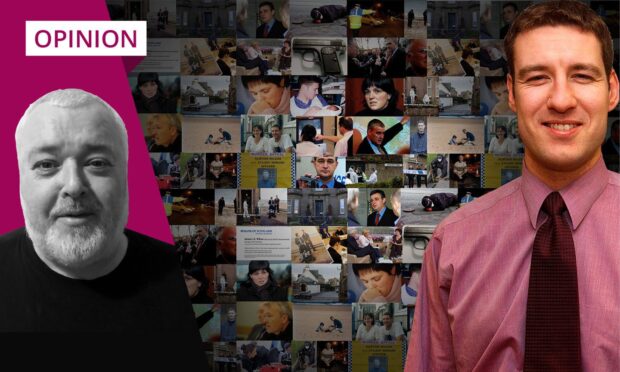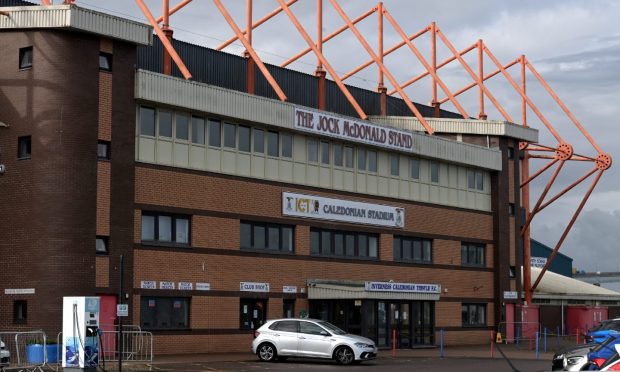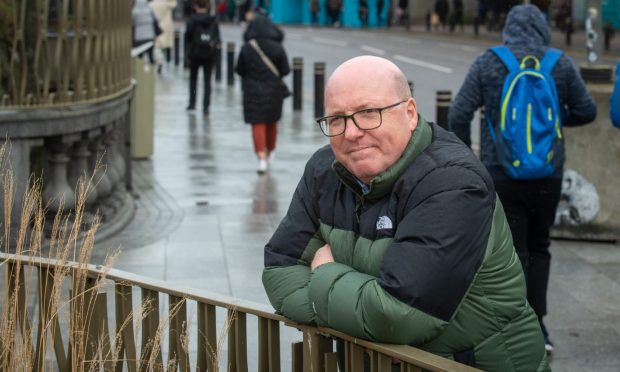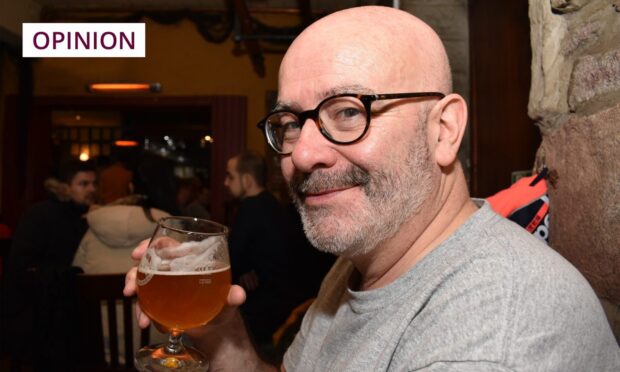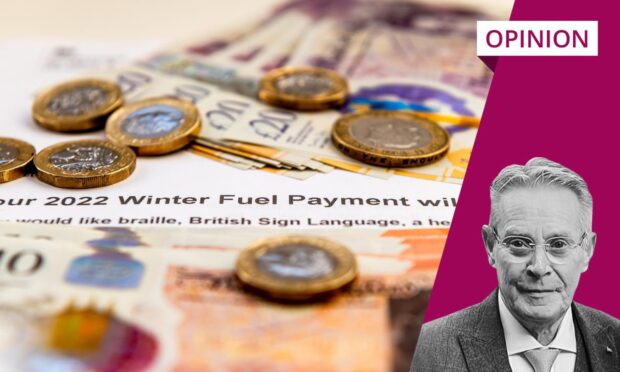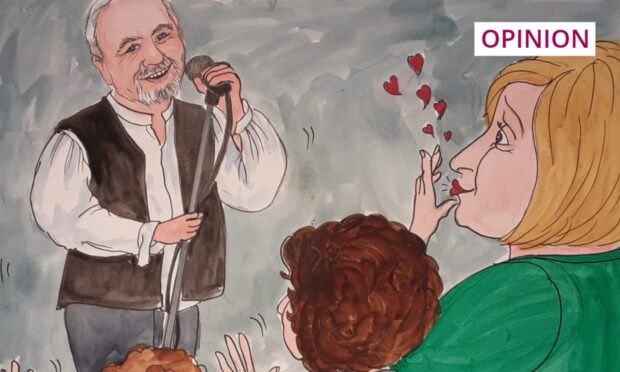The perils of the gender pay gap are well documented.
At the moment it stands at a 15.5% pay disparity between men and women across the UK, and 10.9% in Scotland. Aberdeen is slightly higher than the Scottish average, at 12.6%.
While any gap is too big, it has been shrinking slowly over time and clear progress is being made.
However, the pay gap between male and female freelancers is still significantly wider than for those in full-time employment – across the whole of the UK. And it isn’t showing any sign of reducing.
Research from the Association of Independent Professionals and the Self-Employed (IPSE) – one of the few bodies tracking this data – has placed the freelance pay disparity as high as 43%, finding that men charge, on average, £65 more per day than women.
As a woman who has worked as a freelancer in the television industry for 13 years, I wasn’t surprised to read this statistic at all.
While huge strides have been made, in my industry it still feels almost anecdotally accepted that men are paid more than women.
It can often feel like men get paid more simply because they tend to be more likely to… ask
The reasons for this are complex with lots of societal issues at play – typically “male-skewing” roles that tend to be better remunerated, the care gap, the fact that women are more likely to work part-time than men. Then there’s the lack of maternity leave that comes with freelancing and the difficulties of returning to self-employed contracts with young children, to name a few.
But it can often feel like men get paid more simply because they tend to be more likely to… ask. They request higher rates of pay.
A system without set fees relies on individuals determining their own worth
Since 2017, it has been mandatory for companies with more than 250 staff to report on their pay gap, giving employers responsibility to improve inequalities on behalf of their employees. However, for freelancers, there’s no such requirement. The onus is on us to set our own rates.
A system without set or recorded fees relies on individuals determining their own worth. This directly lends itself to people with more confidence being paid more. However, we all know that confidence doesn’t equal skill or experience, and often it’s women who are hit hardest by this fact.
IPSE suggests that “unlike employees, the self-employed gender pay gap is not driven by employers undervaluing women. Instead, it is likely to be driven by self-employed women undervaluing themselves and charging a lower day rate.”
However, not asking for more money doesn’t only stem from a lack of confidence (in fact, research shows that women ask for pay increases as frequently as men but receive them less often) but also from a lack of knowledge of what other people are earning.
Transparency from a male counterpart helped me significantly increase my rate
Freelancers tend to still be secretive about their rates of pay – but by being more transparent, we can help things to become more equal.
I know this from personal experience, after a fellow male freelancer (let’s call him Alex) disclosed his rate to me, without any prompting.
Originally from the east coast of Scotland, I was living in London and working on a freelance TV contract. I was discussing with Alex whether to remain at the company or move on to a different project.
He asked what I was being paid, taking me completely by surprise. After a slightly shocked pause, I told him my weekly rate. (I now realise a question I would have once considered “rude” could help pave the way to financial equality.)
Alex then divulged that he was being paid £200 more than me a week. A whole £800 a month extra. He had the same job title, and significantly less experience than me.
Clearly one of life’s good guys, he said that he was happy for me to use this information as leverage to negotiate a raise, including permission to disclose that he had told me about the difference in our pay.
Facing my boss later that day, I swallowed my self-doubt and said I’d be happy to stay on. For no less than £200 extra a week.
I was told flatly that there wasn’t room in the budget. I had to fight my instinct to say: “No problem, sorry for asking.”
Instead, I divulged that I knew what my male counterpart was being paid.
It worked. The next day my employer agreed to extend my contract and pay me the rate I had asked for. I couldn’t believe it.
While it was a great result, it angered me that clearly there had always been budget available to pay me more. I had just been too scared to ask. Lacking confidence. Suffering from imposter syndrome. Disadvantaged by discriminatory pay systems. Influenced by the regional pay gap. Take your pick.
Not just men – greater transparency all round can help
I don’t know why Alex shared his freelance rate with me. Maybe he heard my east coast accent, sensed a certain amount of naivety and suspected that I was being fleeced. But, whatever his reason, he helped not just in that moment but in all my contracts going forward.
A culture of transparency can go some way to help those who are being negatively impacted by the current system
Of course, it’s not just up to men to be transparent.
It does make a difference if those who are generally commanding higher wages are open about what they are earning and, statistically, this is often men. But there are complex intersectional pay gaps that see women of colour and women with disabilities disproportionately disadvantaged, in comparison to white, able-bodied women, for example.
While there is lots to be done, my experience demonstrates that a culture of transparency can go some way to help those who are being negatively impacted by the current system, whatever the industry – and men can play a huge part in that.
Siobhan Smith is a freelance journalist and TV development executive
